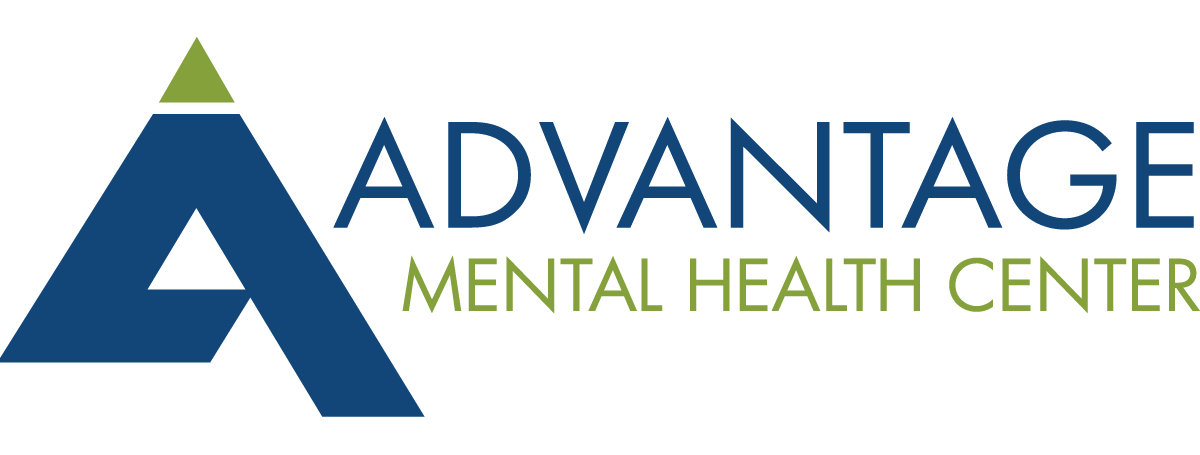Throughout the fall and winter many people struggle with low moods and motivation. Some people can distinguish these feelings from depression, which is when doctors diagnose it as SAD (seasonal affective disorder). While you may think that the reasons these feelings emerge at this time of the year are mainly psychological (e.g. we’re past the holidays, unpleasant weather, less socialization), you should know that there are bio-physiological reasons also involved here. However, when your body gets less sunlight anomalies in your hormone and neurotransmitter levels occur.
One such neurotransmitter that’s affected is serotonin, which is responsible for maintaining your circadian rhythm. This internal clock is responsible for telling you when to go to sleep and when to wake up. As such, it’ll oscillate throughout the day so you’re either alert (when serotonin is at its peak) or relaxed so you’ll either be awake or asleep. When this balance is interrupted you won’t sleep well, and you may even start suffering from depression.
Sleep Issues and Depression
There’s a well-established link here. However, it’s important to understand that this is a bidirectional relationship meaning that one may make the other worse because both their underlying mechanisms are similar. When someone is predisposed to depression, they may have an imbalance in the level of their neurotransmitters. People who are predisposed to an imbalanced circadian rhythm may suffer from this same issue though. This is why resetting a person’s circadian rhythm can be a beneficial treatment for SAD or even someone who’s suffering from depressive symptoms. One of the best depression treatments for this is light therapy.
Understanding Light Therapy
In light therapy clinicians expose patients to artificial light which mimics natural sunlight. They use extremely bright lights in this type of depression treatment. This is done for a period of 30 – 60 minutes early in the morning to help reset your natural, internal pacemaker.
There is evidence that an abnormal circadian rhythm (either minor ones caused by jet lag or major ones caused by SAD) can be successfully corrected in this manner. Researchers have also discovered that this depression treatment can also enhance your cognitive performance as well as mitigate some of dementia’s symptoms. The nice thing about this is this is a generally safe form of depression treatment. There are some minor side effects though, including eyestrain, nausea, headaches, and irritability. Nevertheless, according to a 2013 Dutch study it only takes 30 minutes of daily light therapy over a three-week period to significantly reduce SAD’s symptoms. This study also looked at patients who suffered from other types of depression and in doing so they discovered that these patients also experienced similar results probably because a disrupted circadian rhythm is experienced by people in both “test” groups. As such, it’s of great importance to correct this when working on depression treatment. Many psychologists believe this is also true when treating patients who have other disorders including bipolar, premenstrual dysphoria, antepartum, and postpartum depressive states.
Other health conditions that light therapy has proven useful in treating include adult ADHD and some types of dementia (e.g. Alzheimer’s disease). This is because sleep disruptions and abnormal sleep patterns are key features in these health issues as well. Considering that over 70% of children and adults with ADHD suffer from insomnia resulting in poor quality sleep that results in cognitive decline this is good news.
Conclusion
If you find that you’re suffering from depression and in need of depression treatment, make sure to give the Advantage Mental Health Center a call. They will schedule a time for you to come into their office and discuss your treatment options.
Picture Credit: Pixabay


